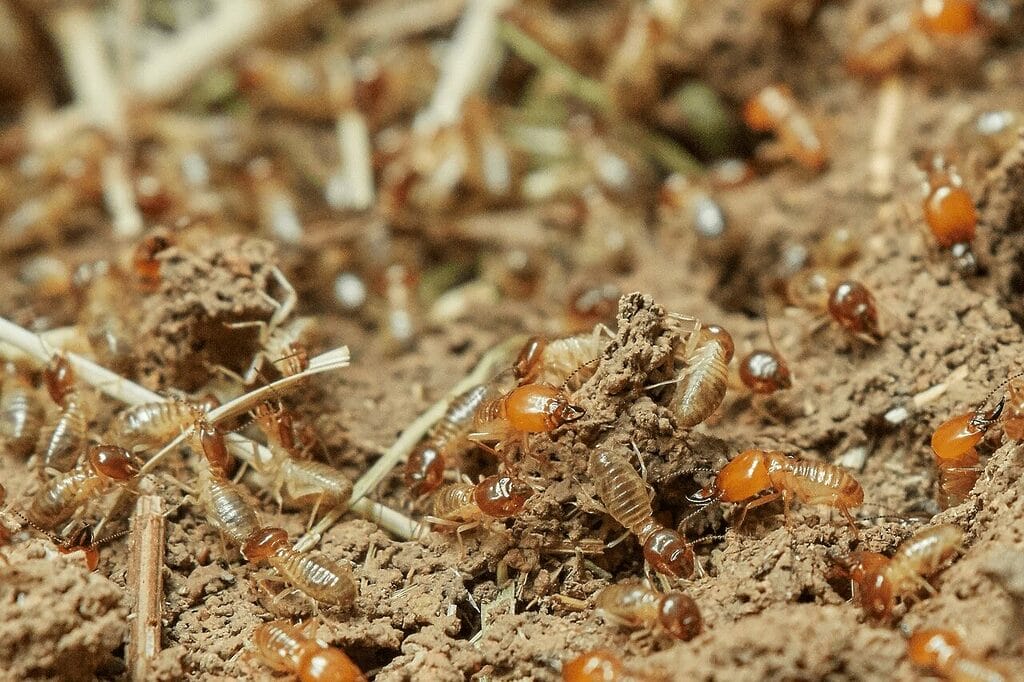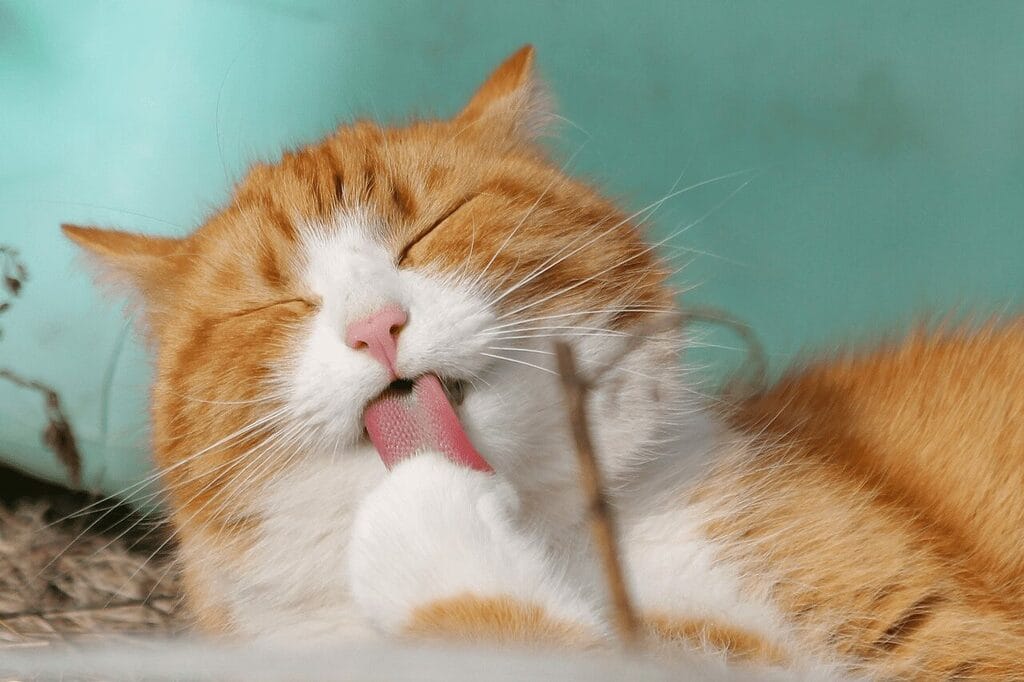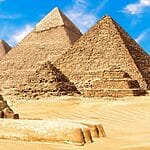Stubbornness in the animal kingdom often manifests as persistence and tenacity, contributing significantly to survival. Animals face numerous challenges, from finding food and securing shelter to avoiding predators and navigating environmental changes. Those displaying stubborn traits exhibit a determination to overcome obstacles.
This persistence is evident in migration patterns, where animals undertake arduous journeys to reach optimal breeding or feeding grounds.
Tenacity becomes a survival strategy during harsh conditions, such as droughts or extreme temperatures, where resilient species endure by adapting behavior or seeking refuge. In the face of competition, stubbornness aids in securing resources and establishing dominance within social structures. The refusal to succumb to challenges emphasizes that in the dynamic and often harsh ecosystems of the natural world, persistence and tenacity are not just admirable qualities but essential strategies for ensuring the continuation of species.
The Countdown Begins: Nature’s Top Ten Stubborn Animals
5 – The Resolute Tortoise

Tortoises demonstrate a slow yet determined approach to life, showcasing remarkable adaptability and resilience. Their deliberate pace, a result of a sturdy build and strong limbs, reflects a strategy rooted in the conservation of energy and a focus on longevity. With life spans often exceeding a century, tortoises exemplify endurance and steadfastness in the animal kingdom.
Their ability to withstand environmental changes is notable; tortoises have adapted to diverse ecosystems, from arid deserts to lush rainforests. The protective shell serves as both a fortress against predators and a means to conserve moisture in challenging habitats. This adaptability is crucial in times of scarcity, where their slow metabolism and ability to survive extended periods without sustenance become strategic advantages. The tortoise’s unhurried journey through life, marked by resilience and longevity, stands as a testament to the effectiveness of a patient and enduring approach in the face of evolutionary challenges.
4 – The Stubborn Mule Deer
Mule deer exemplify resilient and adaptive qualities that aid their survival in diverse environments. Their ability to thrive in varied habitats, from mountainous terrain to arid plains, showcases a remarkable adaptability to different ecosystems. During mating seasons, male mule deer exhibit a fascinating behavior known as “rut,” marked by intense competition for mates. Bucks engage in vocalizations, posturing, and sometimes physical clashes, demonstrating their resilience in the pursuit of reproductive success.
In encounters with predators such as coyotes and mountain lions, mule deer demonstrate a combination of alertness, agility, and group strategies for defense. Their ability to detect threats from a distance and their swift, zigzag escape patterns contribute to evading predators. This adaptability in both mating rituals and predator interactions underscores the mule deer’s resilience, allowing it to navigate the challenges presented by its dynamic ecosystems.
3 – The Persevering Termites

Termite colonies embody a collective and determined nature, showcasing remarkable tenacity in both building and defending their intricate mounds. Working collaboratively, termites construct towering mounds using a combination of saliva, soil, and excrement. This collective effort results in structures that house intricate tunnel systems, nurseries, and fungus gardens. The tenacity displayed in mound construction is matched by the vigor with which termites defend their colonies.
In the face of threats, such as predators or environmental changes, termite soldiers employ their strong jaws and chemical defenses to protect the colony. The architectural design of termite mounds serves as a defense mechanism, regulating temperature and humidity to create an inhospitable environment for invaders. The tenacious and collaborative nature of termite colonies, both in construction and defense, underscores the success of their cooperative strategies, enabling them to thrive and persist in various ecosystems worldwide.
2 – The Tenacious House Cat

Domestic cats are known for their stubborn and independent nature, rooted in their evolutionary history as solitary hunters. Displaying territorial behaviors, cats establish and fiercely defend their domains, often marking with scent glands to assert ownership. Their independent streak is evident in their solitary excursions and the ability to find comfort in solitude. Despite domestication, cats retain strong hunting instincts, pouncing on toys or even insects with the same precision as their wild counterparts.
Resistant to strict training, they prefer interaction on their terms, emphasizing their autonomy. Cats’ stubborn insistence on routines and preferences, from sleeping spots to meal times, reflects their strong-willed nature. Despite this independence, cats often form deep bonds with their human companions, showcasing a nuanced balance between autonomy and connection that defines the intriguing and sometimes enigmatic behavior of these beloved feline companions.
1 – The Unyielding Cockroach
Cockroaches epitomize resilience and adaptability, boasting an evolutionary prowess that enables them to survive in diverse and extreme conditions. Their remarkable ability to withstand radiation, starvation, and exposure to pesticides underscores their resilience. Cockroaches can thrive in environments with limited resources, demonstrating an impressive capacity to adapt their feeding habits and lifestyle.
In ecosystems, cockroaches play crucial roles as decomposers, breaking down organic matter and recycling nutrients. Their resilience allows them to inhabit a variety of niches, from sewers to kitchens, showcasing their adaptability to human-altered environments. Despite their reputation as pests, cockroaches contribute to ecological balance by aiding in the decomposition process. Their combination of resilience and adaptability has enabled these ancient insects to persist for millions of years, showcasing their ability to thrive in the face of adversity and environmental changes.
Stubbornness in the Animal Kingdom: A Survival Strategy
Evolutionary Advantages of Stubborn Behaviors
Stubbornness, when appropriately balanced with adaptability, emerges as a crucial factor contributing to the survival and adaptation of various species. In the natural world, persistence in securing resources, defending territory, or navigating challenging environments often enhances an organism’s chances of survival. Tenacity enables species to endure adverse conditions, persist through periods of scarcity, and withstand competition, fostering resilience in the face of evolutionary pressures.
However, a delicate equilibrium exists between stubbornness and flexibility. Species displaying excessive rigidity may struggle to adapt to dynamic environments or novel threats, leading to reduced survival rates. Conversely, those that embrace a degree of flexibility can adjust behavior, morphology, or ecological strategies to changing circumstances, enhancing long-term viability.
Examples abound in the animal kingdom. Species like the honey badger exhibit unwavering determination in the face of threats, while others, like the coyote, exhibit a remarkable ability to adapt their behavior and diet to shifting ecosystems. Striking this balance allows organisms to persist through challenges, underscoring the intricate interplay between stubbornness and adaptability as essential components of evolutionary success.








